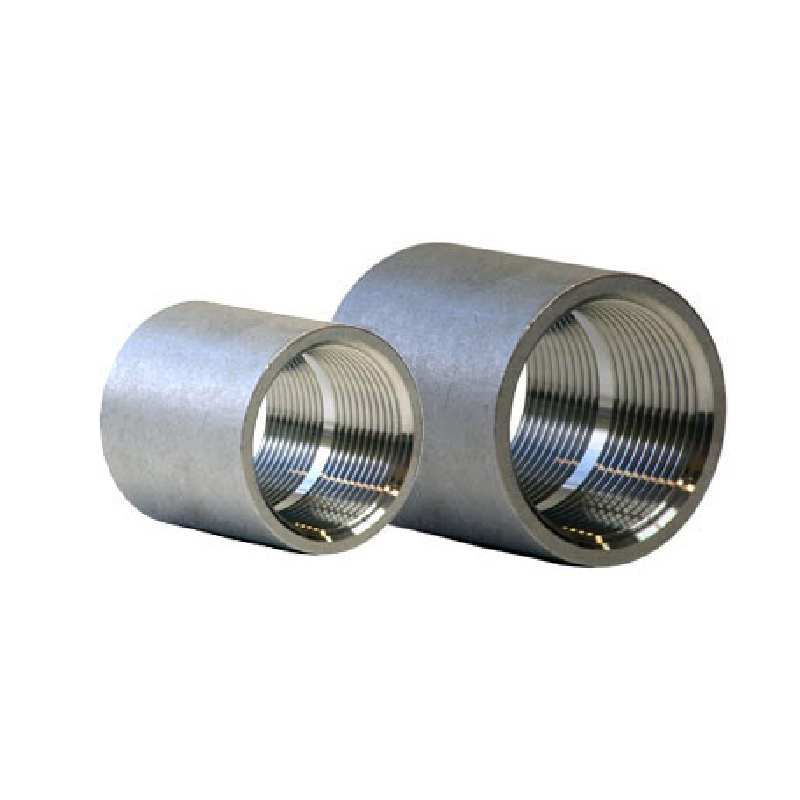-
Cangzhou Yulong Steel Co., Ltd.
-
Phone:
+86 13303177267 -
Email:
admin@ylsteelfittings.com
- English
- Arabic
- Italian
- Spanish
- Portuguese
- German
- kazakh
- Persian
- Greek
- French
- Russian
- Polish
- Thai
- Indonesian
- Vietnamese
- Zulu
- Korean
- Uzbek
- Hindi
- Serbian
- Malay
- Ukrainian
- Gujarati
- Haitian Creole
- hausa
- hawaiian
- Hebrew
- Miao
- Hungarian
- Icelandic
- igbo
- irish
- Japanese
- Javanese
- Kannada
- Khmer
- Rwandese
- Afrikaans
- Albanian
- Amharic
- Armenian
- Azerbaijani
- Basque
- Belarusian
- Bengali
- Bosnian
- Bulgarian
- Catalan
- Cebuano
- China
- China (Taiwan)
- Corsican
- Croatian
- Czech
- Danish
- Esperanto
- Estonian
- Finnish
- Frisian
- Galician
- Georgian
- Kurdish
- Kyrgyz
- Lao
- Latin
- Latvian
- Lithuanian
- Luxembourgish
- Macedonian
- Malgashi
- Malayalam
- Maltese
- Maori
- Marathi
- Mongolian
- Myanmar
- Nepali
- Norwegian
- Norwegian
- Occitan
- Pashto
- Dutch
- Punjabi
- Romanian
- Samoan
- Scottish Gaelic
- Sesotho
- Shona
- Sindhi
- Sinhala
- Slovak
- Slovenian
- Somali
- Sundanese
- Swahili
- Swedish
- Tagalog
- Tajik
- Tamil
- Tatar
- Telugu
- Turkish
- Turkmen
- Urdu
- Uighur
- Welsh
- Bantu
- Yiddish
- Yoruba

Dec . 03, 2024 14:55 Back to list
flange 600 lbs
Understanding Flanges The 600 lbs Specification
Flanges are mechanical components integral to piping systems, helping to connect different sections of a pipeline or connect pipes to other equipment. Among the various specifications that exist in the realm of flanges, the 600 lbs (pounds) rating stands out for its broad applications in industries like oil and gas, chemical processing, and water treatment. This article will delve into what a 600 lbs flange is, its characteristics, applications, and standards.
What is a Flange?
A flange is a flat piece of metal, usually with holes for bolts along the edges, designed to connect two sections of pipe, valves, or other fittings. Flanges can be categorized into several types, including weld neck flanges, slip-on flanges, blind flanges, and more, depending on their design and function. Each type serves specific purposes, and their selection depends on the overall design and requirements of the piping system.
Understanding the 600 lbs Rating
The 600 lbs designation refers to the flange's pressure rating, indicating the maximum pressure it can withstand without compromising integrity or safety. Flanges are rated according to the American National Standards Institute (ANSI) or the American Society of Mechanical Engineers (ASME) standards, which provide a system for classifying flanges based on their pressure-temperature rating.
The “600 lbs” rating corresponds to a specific standard for both carbon steel and stainless steel flanges, usually identified with the ANSI/ASME B16.5 standard, which defines flanges for piping systems. A 600 lbs flange generally indicates that it can handle pressures up to 600 psi (pounds per square inch) at standard temperatures, usually up to 100°F. However, as the temperature increases, the allowable pressure typically decreases, underscoring the importance of understanding not just the pressure rating but also the accompanying temperature conditions.
Characteristics of 600 lbs Flanges
Several characteristics define a 600 lbs flange
flange 600 lbs

1. Material Flanges can be manufactured from a variety of materials, including carbon steel, stainless steel, and alloys. The material affects not just the pressure rating but corrosion resistance, durability, and the flange’s applicability in different environments.
2. Dimensions The dimensions of a 600 lbs flange are standardized by the ASME B16.5 specification, dictating diameter, thickness, and the bolt hole patterns. Commonly used dimensions ensure compatibility with standard piping sizes and fittings.
3. Surface Finish The finish of the flange face (flat, raised face, or ring-type joint) can also vary, depending on the sealing requirements of the system. A raised face finish, for instance, can provide a better seal compared to a flat face.
4. Temperature and Pressure Ratings It is essential to consider the pressure and temperature ratings together, as they dictate the flange's suitability for specific applications.
Applications of 600 lbs Flanges
The versatility of 600 lbs flanges allows them to be employed in various applications across different industries
- Oil and Gas High-pressure environments make the 600 lbs flanges a staple for connecting pipelines in oil and gas extraction and processing. - Chemical Processing In chemical plants where pressurized systems are commonplace, these flanges are critical for ensuring system integrity. - Water Treatment The robustness of 600 lbs flanges also makes them suitable for water treatment facilities where pressure management is vital for operational efficiency.
Conclusion
In conclusion, understanding flanges, especially the 600 lbs rating, is crucial for engineers and professionals in industries that rely on robust piping systems. The 600 lbs flanges provide a reliable solution for high-pressure applications, offering a blend of strength, durability, and adaptability. Whether in the oil and gas sector, chemical plants, or water treatment facilities, proper flange selection and application are key to ensuring safety, efficiency, and performance in any piping system. Always adhere to the relevant standards and guidelines when designing and selecting flanges to ensure optimal operation.
Latest news
-
ANSI 150P SS304 SO FLANGE
NewsFeb.14,2025
-
ASTM A333GR6 STEEL PIPE
NewsJan.20,2025
-
ANSI B16.5 WELDING NECK FLANGE
NewsJan.15,2026
-
ANSI B16.5 SLIP-ON FLANGE
NewsApr.19,2024
-
SABS 1123 FLANGE
NewsJan.15,2025
-
DIN86044 PLATE FLANGE
NewsApr.19,2024
-
DIN2527 BLIND FLANGE
NewsApr.12,2024
-
JIS B2311 Butt-Welding Fittings LR/SR 45°/90° /180°Seamless/Weld
NewsApr.23,2024











